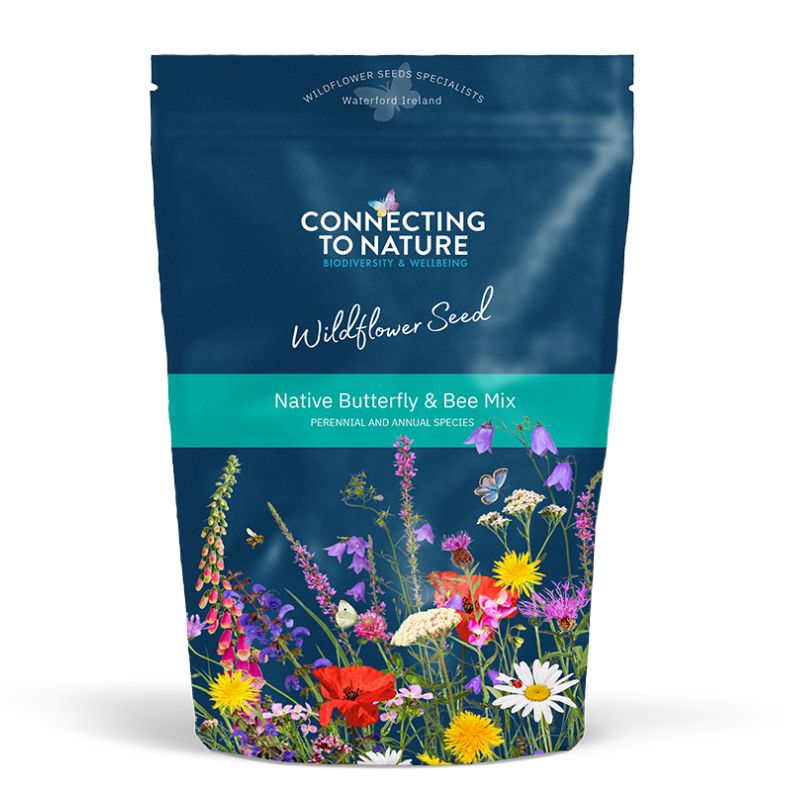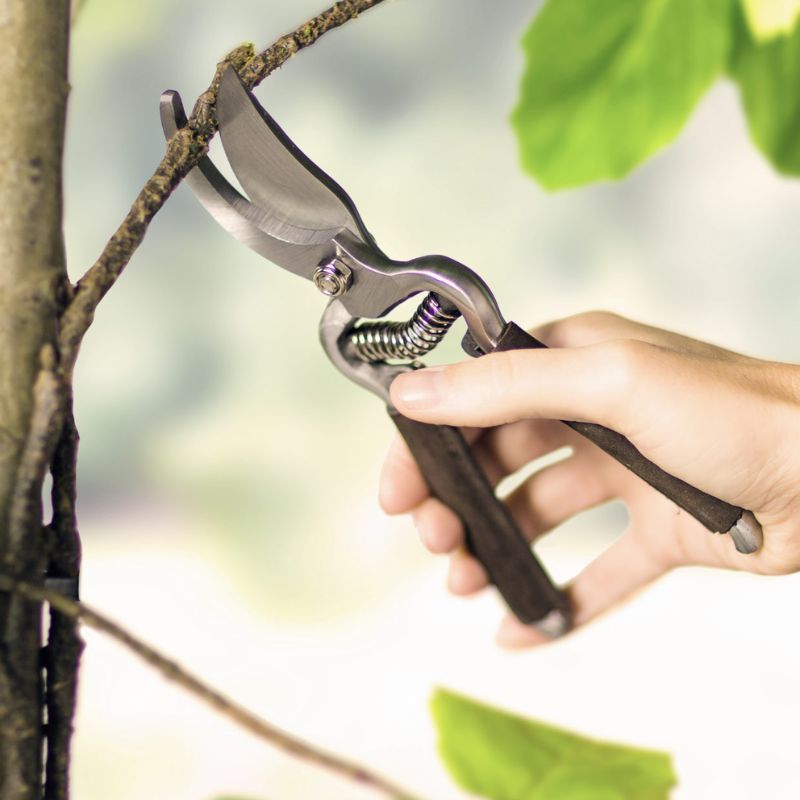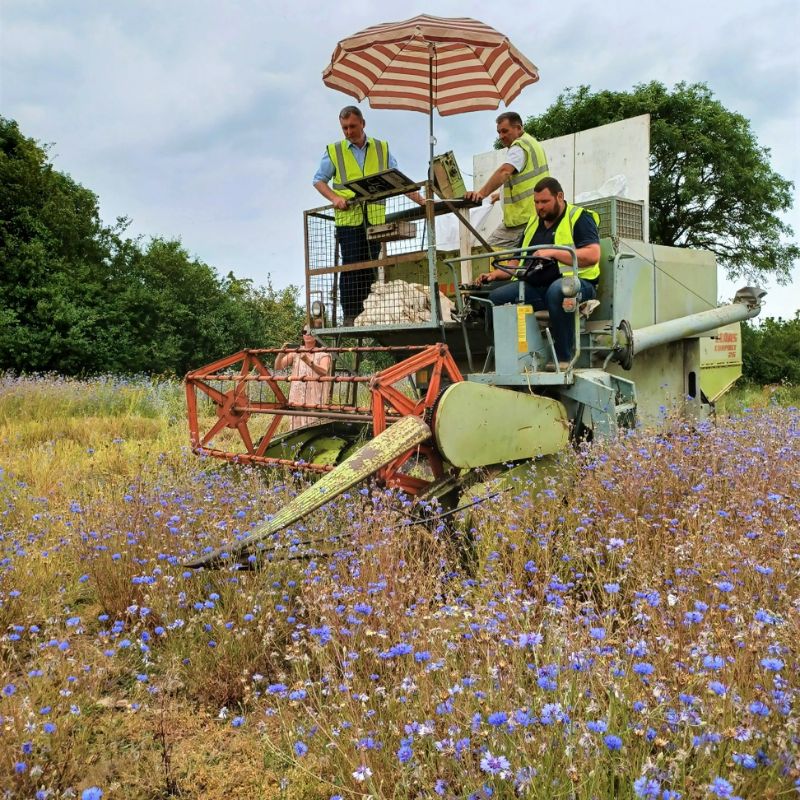Why sow Irish wildflower seeds in your garden this Autumn

Why sow Irish wildflower seeds in your garden this Autumn
Sowing Irish wildflowers in your garden opens the door to a rewarding gardening experience, even if you only have a small patch of soil or a pot to plant in.
You might be wondering when the best time is to sow these seeds for the best results. While spring may seem like the obvious choice, autumn is actually the ideal season for planting. Here’s why planting your wildflower seeds this autumn will give you the best chance of success and make a positive impact on the environment.
1. Nature’s Timing: Why Autumn Sowing Works Best
In nature, wildflowers typically drop their seeds in late summer or autumn. By planting your seeds in autumn, you’re mimicking this natural cycle, which is key to successful growth. The cooler temperatures and increased rainfall during autumn help the seeds settle into the soil, where they’ll lie dormant over winter. This period of cold is actually beneficial, as it helps the seeds prepare to germinate once the warmth of spring returns. When spring arrives, the seeds are ready to burst into life, giving you a vibrant display of flowers.
2. Stronger Plants with Less Effort
One of the major benefits of sowing your wildflower seeds in autumn is that it gives the plants time to develop strong roots before winter. Even if nothing seems to be happening above the soil, those roots are busy growing below the surface. This early root development makes the plants more resilient, so when spring comes, they’re well-prepared to grow quickly and bloom beautifully. Plus, autumn planting means you won’t have to worry as much about watering or weeding, as the cooler weather and regular rainfall do most of the work for you.
3. Boosting Biodiversity in a Small Space
You might think that planting wildflowers in a small area, like a pot or a 1.5-square-meter patch, won’t make much difference. But even a small patch of wildflowers can play a big role in supporting local biodiversity. Irish native wildflowers attract pollinators like bees and butterflies, which are essential for healthy ecosystems. By creating a tiny haven for these pollinators, your small garden can help connect urban spaces to nearby farms and countryside habitats. These connections are crucial for the survival of many species, as they create pathways that allow pollinators to move freely between different areas.
4. A Burst of Color in Spring
Planting in autumn might seem like a patient gardener’s game, but the reward is well worth the wait. By the time spring arrives, your wildflowers will be ready to bloom early, providing a burst of color when the rest of the garden is just waking up. This early display not only brightens your space but also offers an important early food source for pollinators, who often struggle to find nectar and pollen in the early months of the year.
5. Easy and Eco-Friendly Gardening
For those new to gardening, the thought of starting a wildflower patch might seem daunting, but it’s actually one of the easiest and most eco-friendly projects you can undertake. Native wildflowers are adapted to Ireland’s climate, which means they’re naturally hardy and require little maintenance. Once established, they’ll thrive with minimal intervention, returning year after year to provide beauty and biodiversity. Plus, by planting native species, you’re helping to preserve Ireland’s natural heritage and contribute to the health of local ecosystems.
Conclusion
Sowing your Irish native wildflower seeds in autumn is a simple yet impactful way to create a small but powerful oasis for nature. Even in a tiny space, these flowers will support local pollinators, help connect urban areas with the countryside, and bring vibrant color to your garden each spring. By following nature’s lead and planting in autumn, you’re setting the stage for a successful, low-maintenance garden that’s not only beautiful but also beneficial to the environment. So grab your seeds, find a spot, and let nature do the rest!













